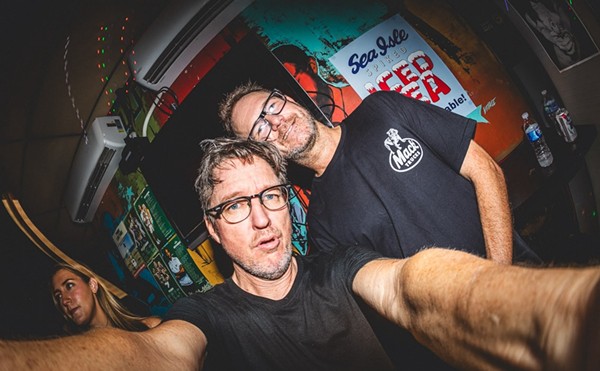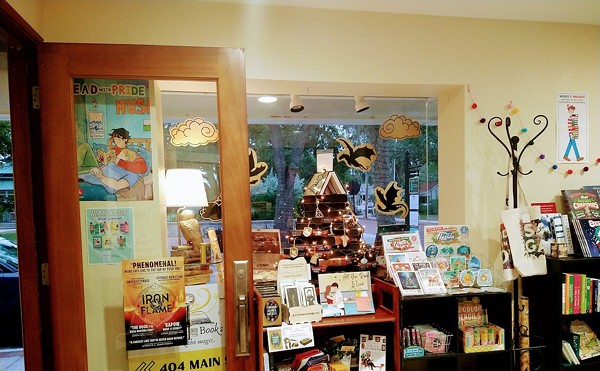Wes Craven died Aug. 30 of brain cancer. Over his 40-year career his work ranged from porn to Eddie Murphy comedies to Meryl Streep biopics, but his legacy has long been written: he redefined mainstream horror with acuity and smarts. Not once, either, but multiple times.
In 1972, Craven’s debut, The Last House on the Left transmuted Bergman’s The Virgin Spring into a brutal, queasy rape-revenge film, in the process laying the groundwork for future critical reevaluations of the genre. He took Bergman and stripped away the Swedish master’s austere style, leaving only the depravity and moral torsion at the core of the story. Critic Carol Clover would pick up on this and, in her 1992 book Men, Women, and Chain Saws, argued that exploitation films were more honest than their more “respectable” counterparts. Last House on the Left begat I Spit on Your Grave, Thriller — A Cruel Picture and more. With Peckinpah’s 1971 Straw Dogs it drew up blueprints for rape-revenge film that are still in use today.
After Last House, Craven directed cult cannibal staple The Hills Have Eyes (1977), as well as 1981 Amish giallo riff Deadly Blessing. 1982’s Swamp Thing was Craven’s attempt to break into the mainstream, but even with that under his belt he had trouble financing and maintaining control of A Nightmare on Elm Street.
It’s difficult to talk about Elm Street, especially now, 30 years later. It codified so much of what we now recognize in slasher flicks: teen-focused, a quippy killer and full of elaborate setpiece kills (compare the brief, nasty kills from Friday the 13th to the outlandish blood geyser from Elm Street). To point out that the film sabotages itself in the final reel is almost meaningless in the face of its vivid, indelible imagery: this is Craven at his most visually inventive.
Before Elm Street, the genre was rich, but scattershot, full of backwoods-set sleepers like Just Before Dawn and The Burning, unbelievably grimy entries like Don’t Go in the House and Maniac, and traditionalist joints in the mode of Halloween/Friday the 13th, like My Bloody Valentine.
After Elm Street, It, Halloween, Friday the 13th, and Child’s Play became franchises—Craven’s mix of fantasy and horror proved marketable, and while the genre flagged in the late '80s, Craven’s knack for formula would serve him well in the future.
Before Scream exploded, there was 1994’s New Nightmare, a postmodern take on the Elm Street series that found actors playing themselves in a story about making an Elm Street movie. But it didn’t catch on, so Craven tried again.
It was Scream that took self-reflexivity and made it playful — and hugely profitable. The film twisted what the audience knew about slashers, making the horror text a collaborative effort and spawning a wave of meta teen horror that dovetailed into the ’00s’ remake obsession.
We’re still not over Scream, as a culture. Horror exists in perpetual conversation with itself; Scream made that subtext explicit. Movies like Cabin in the Woods now coast exclusively on winking, meta film-student horseshit; but Cabin in the Woods didn’t come from the guy who made The Last House on the Left.
There will not be another Wes Craven. There can’t be, not with how fragmented film culture has become. Brilliant work is being and will continue to be done, but on the margins. What made Craven special was that he started with grindhouse grime and was able to refine his style and respond to cultural shifts.
Of his contemporaries — Hooper, Carpenter, Romero, and the rest — he was the populist. He was the chameleon; he was Bowie, always shifting, always one step ahead of the zeitgeist.















